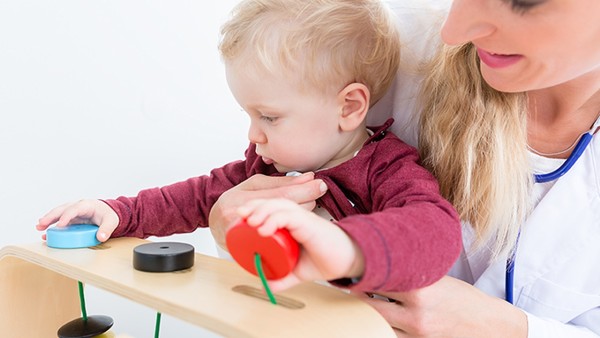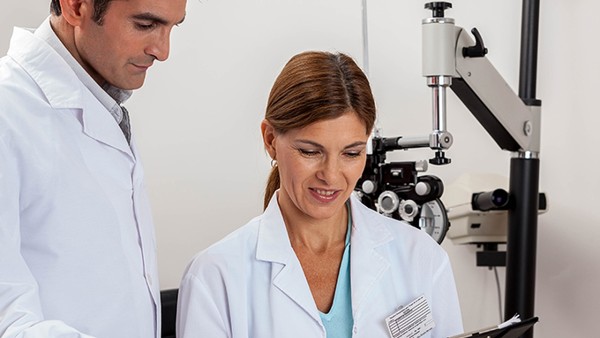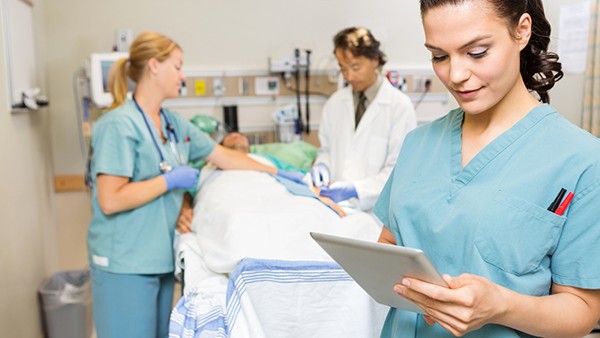Vaginal Self-Examination: A Comprehensive Guide to 10 Key Steps

Introduction
Vaginal self-examination (VSE) is a vital tool for women's health and well-being. Regular VSE empowers individuals to understand their own anatomy, detect potential health issues early on, and foster a proactive approach to their reproductive health. This comprehensive guide delves into the 10 essential steps involved in performing a safe and effective VSE.
Step 1: Gather Necessary Supplies
Start by assembling the necessary supplies: a clean mirror, good lighting, a comfortable position (lying down or sitting on the toilet), and a water-based lubricant for easier insertion.
Step 2: Choose the Right Time
The optimal time for VSE is a few days after your period ends, when the cervix is lower and softer. Avoid performing VSE during or immediately after your period, as this can make it more difficult to feel the cervix.
Step 3: Wash Your Hands and Vagina
Maintaining hygiene is crucial. Thoroughly wash your hands with warm water and soap. Gently cleanse your vagina with warm water or a fragrance-free, pH-balanced vaginal wash. Avoid using soap inside the vagina.
Step 4: Lubricate Your Finger
Apply a small amount of water-based lubricant to your index finger. This will make the examination more comfortable and reduce discomfort.
Step 5: Insert Your Finger
Gently insert your lubricated index finger into your vagina. Keep your other hand on your lower abdomen to guide your finger. Insert the finger at a slight upward angle, towards your navel.
Step 6: Feel the Cervix
Once your finger is inserted, move it around the vaginal walls until you feel a small, firm lump towards the back of the vagina. This is the cervix. The cervix feels like the tip of your nose.
Step 7: Check for Size and Shape
Gently touch the cervix to assess its size and shape. The cervix can vary in size and texture depending on your menstrual cycle and overall health.
Step 8: Examine the Vaginal Walls
After examining the cervix, move your finger around the vaginal walls. Check for any lumps, bumps, or thickenings that may indicate an abnormality.
Step 9: Check for Discharge
Pay attention to any vaginal discharge that comes into contact with your finger. Note its color, odor, and consistency. Normal discharge is clear or white and does not have a strong odor.
Step 10: Remove Your Finger
When finished, gently remove your finger from the vagina. Use tissue paper or a washcloth to wipe away any discharge or lubricant.
Recommendations
Perform VSE regularly, approximately once a month after your period ends. Familiarize yourself with the normal anatomy of your vagina and cervix, so that you can identify any changes or abnormalities. If you notice anything unusual or have concerns, do not hesitate to consult your healthcare provider.
Benefits of Vaginal Self-Examination
Detects potential health issues early on, including cervical cancer, uterine fibroids, and pelvic inflammatory disease (PID).
Empowers individuals with knowledge and understanding of their own anatomy.
Promotes early intervention and treatment, leading to better health outcomes.
Creates a sense of self-awareness and control over your reproductive health.
Complements regular pelvic examinations with your healthcare provider.
Conclusion
Vaginal self-examination is a powerful tool for women's health and well-being. By following these 10 comprehensive steps, individuals can perform safe and effective VSEs, empowering themselves to monitor their reproductive health, detect abnormalities early on, and make informed choices about their care. Regular VSE fosters a proactive approach to health and contributes to a lifetime of reproductive well-being.
The above is all the content that the editor wants to share with you. I sincerely hope that these contents can bring some help to your life and health, and I also wish that your life will be happier and happier.
Topic: #examination #usually #vaginal














